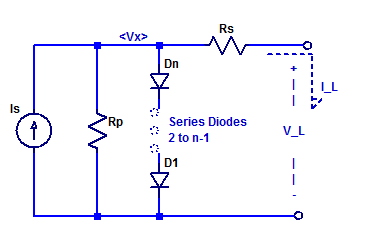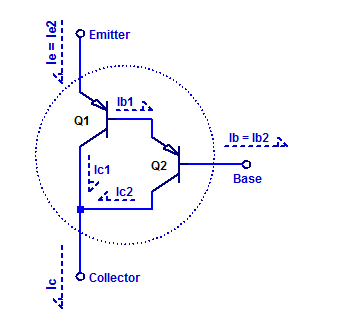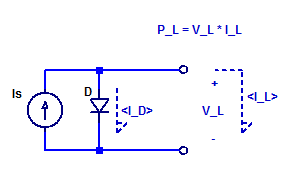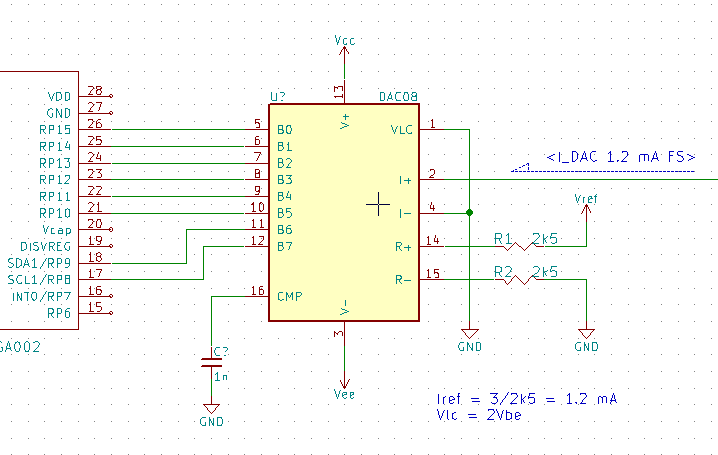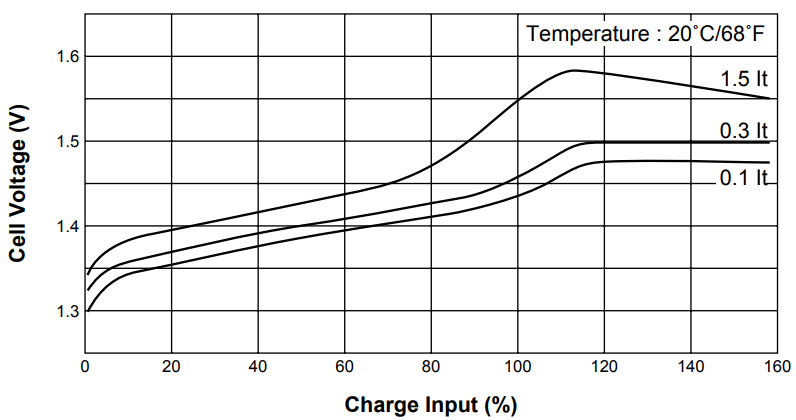I am going to publish all my RPI Pico adventures on pages versus blogs posts in an attempt to maintain some continuity in this blog. The style of these pages will be far more conversation and from the perspective of a total beginner to the Pico & \(\mu\text{Python}\). So all the Pico content will be indexed through this blog post versus the main site page.
My Experiences
Burning Questions
These are questions I had about the Pico before ever using one. Since getting my hands on one 🙂 I am starting to answer these questions below. Each page lists 5 questions with an answer that is as straightforward as I can author (LOL).
Continue reading “Raspberry Pi Pico”